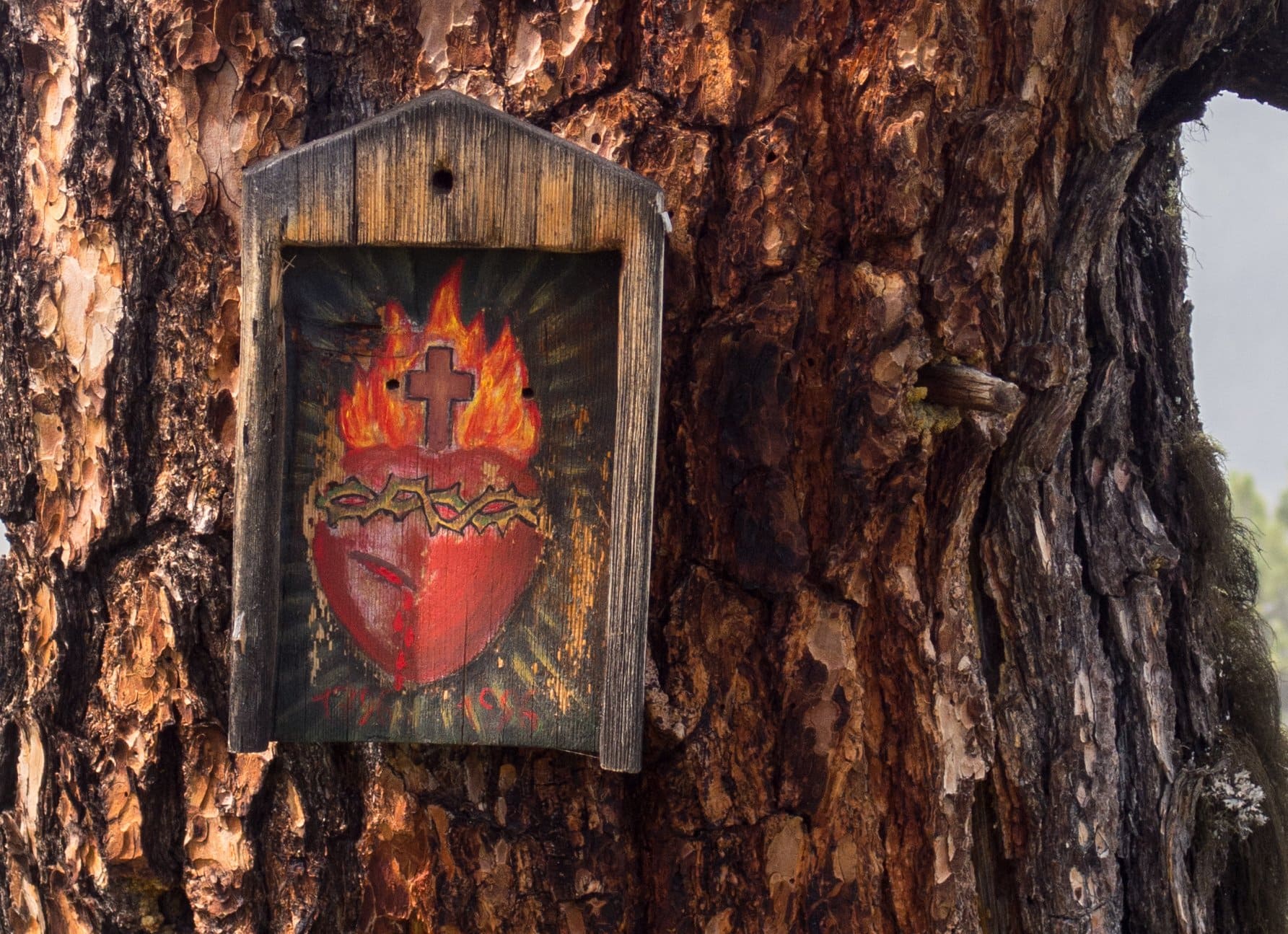In June, let your garden honor the hearts of Jesus and Mary
We enter into June, and Ordinary Time, with the sense of sharing the faith and expanding the church. The green of this liturgical season is symbolic of hope and new growth. Seedlings sprout — those planted in the earth or those growing in our soul — and we anticipate flowering, and when managed properly, an abundant harvest.
Interestingly, this season begins with the month’s dedication to the Sacred Heart of Jesus and includes the Immaculate Heart of Mary. A more verdant pasture of hope would be hard to find! The Sacred Heart of Jesus signifies not only his physical heart but also his love for all mankind, and love is powerful. It is a restoration of peace which is encircled with a crown of thorns, for peace is not easily gained. There is a harsh reality of love, because when we love, we are vulnerable to pain, loss and anxiety.
During our dedication to the Sacred Heart we give our hearts, an act of consecration, to him in return. And there are many beautiful ways to commemorate the Sacred Heart of Jesus in a garden. You can do so by using images or shrines attached to a tree or post, creating pavers, or adding symbolic plants and colors.
Plants for a Sacred/Immaculate Heart garden could include monochromatic or harmonious color schemes of reds and oranges, vines symbolic of clinging to God, or plants with heart-shaped leaves or flowers. If you plan to honor the Immaculate Heart of Mary, consider adding white or red roses, or a touch of blue representing her mantle.
A few of the more common flowers used for Sacred/Immaculate Heart gardens — both symbolically and in form — are anemone, angel wing begonia (Begonia coccinea), bleeding heart (Dicentra) and carnations (Dianthus).
Also consider green — the color of hope — which is the foundational architecture of any garden. It is the varying shades of green that lend depth to our gardens, as does our varying intensity of hope to our faith. It is against this backdrop that the flowers (our virtues) are revealed more distinctly.
For greens in a Sacred/Immaculate Heart garden consider using heart-shaped leaves. A few suggestions:
Brunnera: This shade-loving genus comes in a range of leaf textures and venation, and has delicate blue flowers in spring — an excellent selection for a garden dedicated to the Immaculate Heart of Mary.
Colocasia and Alocasia: Both genera are tropical plants with exceptionally large leaves, many of them shaped like a heart, and symbolize growing towards heaven.
Cyclamen: This tuberous plant grows throughout the Mediterranean and parts of Europe, and red flowering cultivars are readily available. It is symbolic of resignation both to love and to death.
Hosta: Nearly all species of this predominantly shade-loving plant have heart-shaped leaves, represent devotion and are closely related to the Virgin Mary.
Ipomoea batatas: A sun loving trailing vine whose cultivars vary from bright chartreuse to deep magenta. It carries the same spiritual meaning as a morning glory, which is an enduring love even through eternity.
However you intend to develop your prayer garden, it will be one created from the heart. It is an outdoor space that moves your faith forward with its creation, and a space where others who visit can learn the spiritual significance each plant holds for you. And isn’t that a lovely way to evangelize?
This column was written by Margaret Rose Realy, a Benedictine Oblate and the author of “A Garden Catechism: 100 Plants in Christian Tradition and How to Grow Them” (OSV, 2022).
Featured image: An image of the Sacred Heart of Jesus, enshrined in wood and nailed to a tree, located on Pinus Cembra in the Stubai Alps, between Salfains and Grieskogel, painted 1996. (OSV News photo/Hermann Hammer, Wikimedia Commons)



